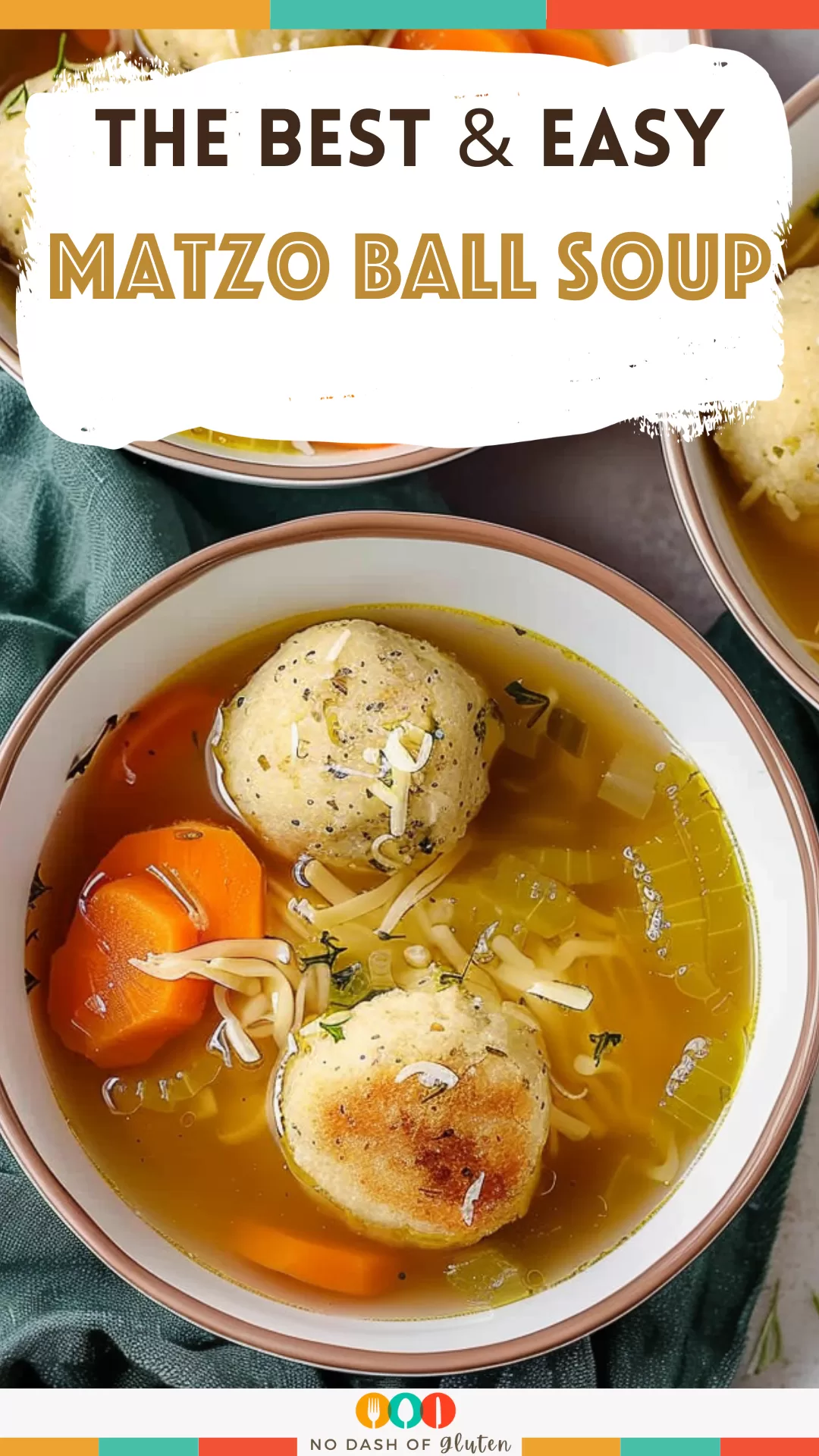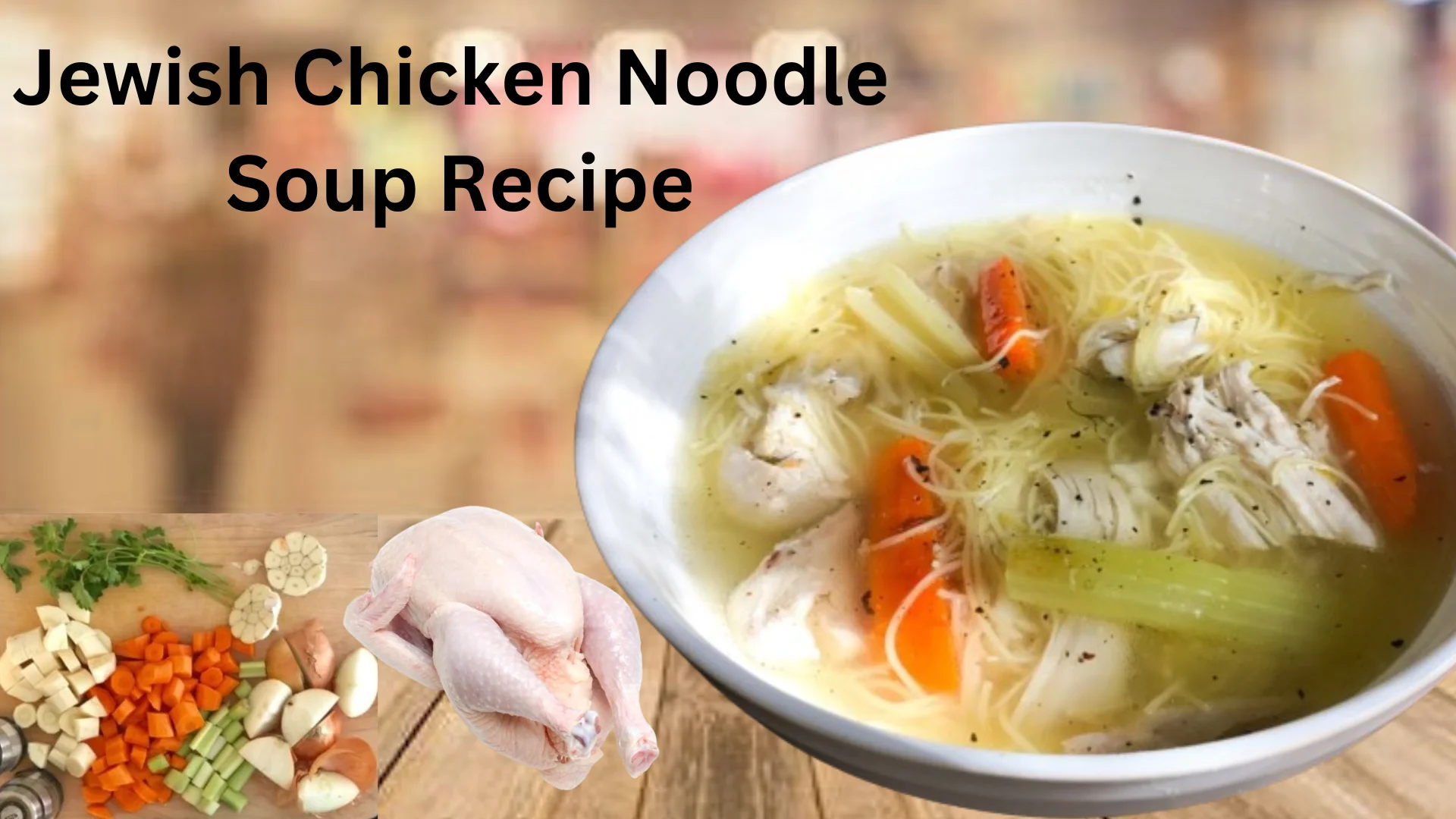Jewish chicken soup is a beloved staple in many households, known for its comforting warmth and rich flavor. This traditional dish has been passed down through generations, often associated with home-cooked meals and family gatherings. Rooted in Jewish culture, the recipe is simple yet deeply satisfying, making it a favorite for both special occasions and everyday meals. The key ingredients include chicken, vegetables, and aromatic herbs, all simmered together to create a nourishing broth that soothes the soul. Whether served during holidays or as a remedy for a cold, this soup embodies the essence of comfort food.
Origins and Cultural Significance

The history of Jewish chicken soup dates back centuries, with roots in Eastern European Jewish communities. It was traditionally made using leftover chicken bones and vegetables, which were boiled to extract maximum flavor. This practice not only minimized waste but also created a nutrient-rich meal that could be enjoyed by all. Over time, the recipe evolved, incorporating more varied ingredients while maintaining its core elements. Today, it remains a symbol of tradition and family, often prepared during significant events such as Passover, Hanukkah, and Shabbat. The soup's ability to bring people together makes it an essential part of Jewish culinary heritage.
Essential Ingredients

To make a classic Jewish chicken soup, you'll need a few key components that contribute to its distinct taste and texture. The foundation is a homemade chicken broth, which can be made from a whole chicken or chicken parts. Vegetables like carrots, celery, and onions form the base, adding depth and sweetness. Fresh herbs such as dill, parsley, and bay leaves enhance the aroma and flavor. Some recipes also include noodles or matzo balls, which are small dumplings made from flour, eggs, and water. These additions provide a satisfying contrast to the broth, making each spoonful more enjoyable.
Step-by-Step Cooking Instructions

Creating a hearty Jewish chicken soup begins with preparing the broth. Start by washing and chopping the vegetables, then sautéing them in a pot with some oil until they soften. Add the chicken and enough water to cover the ingredients, bringing the mixture to a boil. Reduce the heat and let it simmer for several hours, allowing the flavors to meld. Once the chicken is tender, remove it from the pot and shred the meat, returning it to the soup. Season with salt, pepper, and herbs, and continue cooking for another 30 minutes. Finally, add the noodles or matzo balls and let them cook until they are soft and fluffy.
Variations and Personal Touches

While the traditional recipe is cherished, many families have their own unique twists on the dish. Some prefer to add potatoes or egg noodles for extra heartiness, while others incorporate leeks or parsnips for additional flavor. In some regions, the soup is served with a squeeze of lemon juice to brighten the taste. For those who enjoy a bit of spice, a pinch of paprika or a dash of cayenne pepper can be added. These variations reflect the adaptability of the recipe, allowing it to evolve while still honoring its roots.
Tips for the Perfect Soup

To ensure your Jewish chicken soup turns out perfectly, consider a few helpful tips. First, use high-quality chicken and fresh vegetables for the best flavor. If you're short on time, store-bought broth can be used as a shortcut, though homemade is always preferable. Simmering the soup for at least two hours allows the ingredients to fully infuse the broth with their flavors. Additionally, don't skip the herbs—dill and parsley are essential for authenticity. Finally, serve the soup warm, garnished with fresh herbs and a slice of lemon if desired.
Serving Suggestions and Pairings

Jewish chicken soup is often enjoyed on its own, but it can also be paired with complementary sides to create a well-rounded meal. Crusty bread, such as rye or sourdough, is a common choice, as it absorbs the flavorful broth. A simple green salad or steamed vegetables can add a refreshing contrast to the richness of the soup. For a more substantial meal, serve the soup with a side of matzo ball or kugel, which are traditional Jewish dishes. These pairings enhance the dining experience, making the soup a central part of any meal.